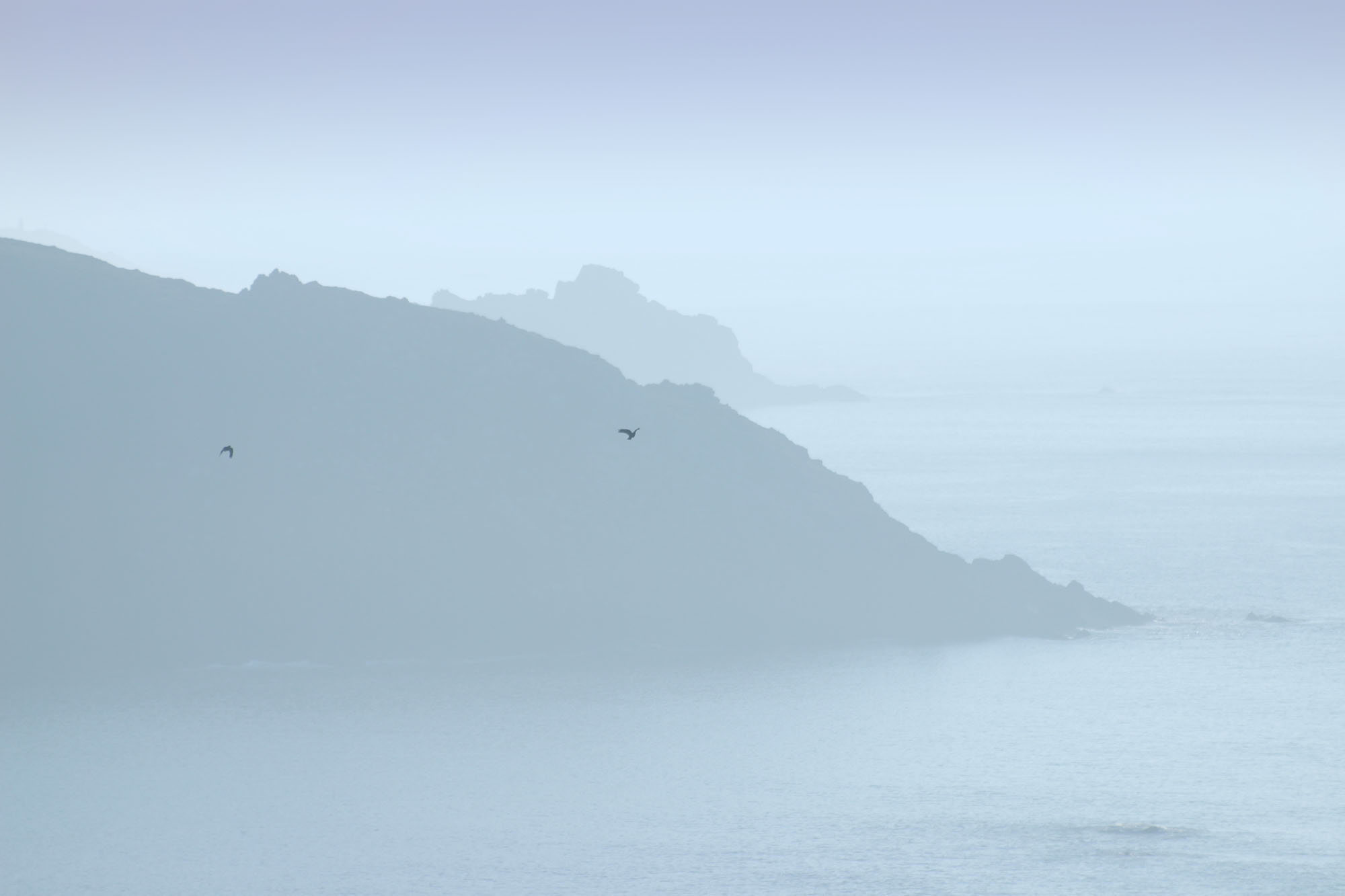It has always been one of the aims of Operation Chough to “seed” the coast with small pioneer populations of captive-bred choughs. These smaller groups would increase in size and eventually interact and breed. Releasing birds in Kent would be the first step in creating a popultion along the southern English coast.
Operation Chough started building a new partnership aiming to bring the Red-billed Chough back to another part of the coast where it was once common, the area around Dover in Kent.
Paradise Park First Meeting 2015
An initial meeting was held at Paradise Park in December 2015 with Alison, Ray and David from Paradise Park, Malcolm Burgess author of papers on choughs, Professor Carl Jones (Durrell Wildlife Conservation Trust), Angus Carpenter (Wildwood Trust) and Lawrence Sampson (University of Kent).
Wildwood Trust 2016
In June 2016 Paradise Park, represented by Ray and Alison Hales, attended a larger gathering of interested parties at Wildwood Trust in Kent to develop the project. The meeting was attended by many interested parties including Wildwood, Kent Wildlife Trust, Natural England, the National Trust and White Cliffs Countryside Partnership.

The meeting was chaired by Richard Griffiths (University of Kent) with presentations from Peter Smith and Jen Riley (Wildwood), Carl Jones and Liz Corry (Durrell Wildlife Trust), Lawrence Sampson (University of Kent) and Ray Hales (Paradise Park / Operation Chough). This was followed by a tour of Wildwood, including views of the newly-arrived pair of choughs from Paradise Park in their large aviary.

The meeting was extremely positive, with everyone agreeing that the potential to re-establish the chough in Kent was very real and could take place within a few years.
Dover 2016
The next day, Ali and Ray made a brief tour of some of the habitat around the Dover area. This included the White Cliffs of Dover National Trust sites, and the nature reserve at Samphire Hoe.
Samphire Hoe was created from the material excavated from the Channel Tunnel, and chalk-loving flora and fauna have rapidly established and created good habitat.
The interesting news for potential chough sites, is that ravens have returned to the coast here after a long absence, and have been breeding since 2010 (mentioned in Springwatch here).
Although ravens may predate chough nests (as witnessed by Ray & Ali on a chough watch in Cornwall), they are also a good indicator of suitable chough habitat.





